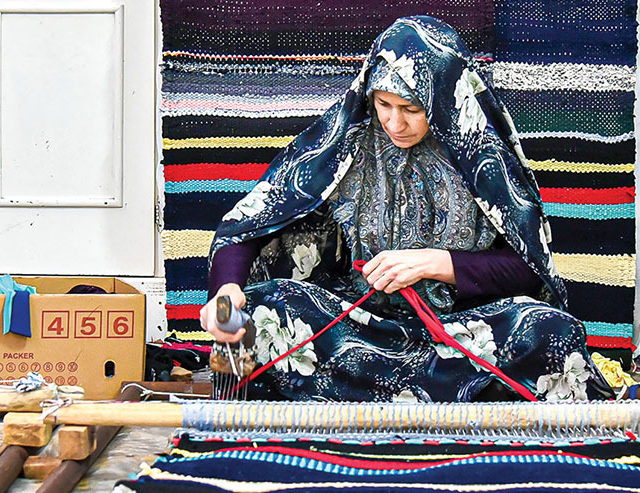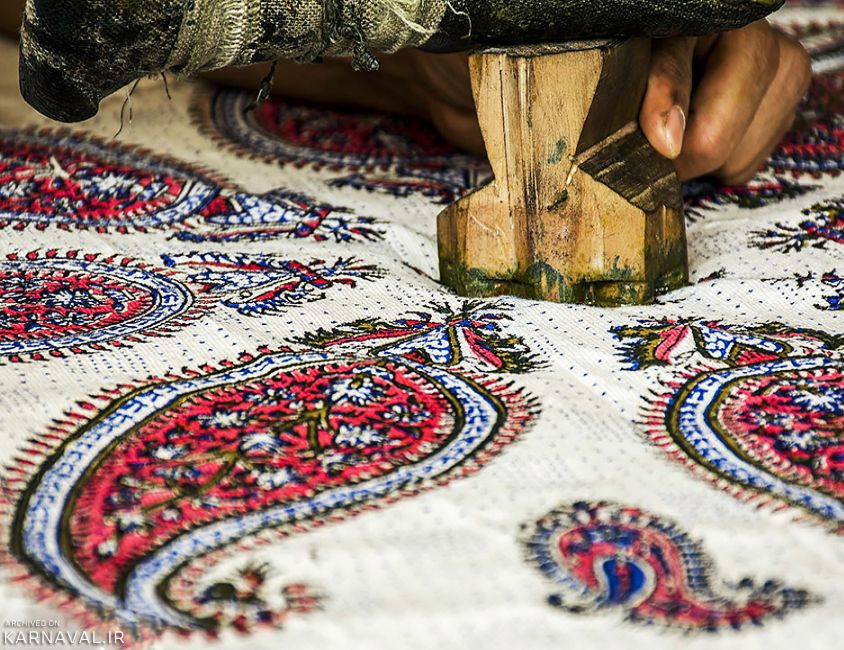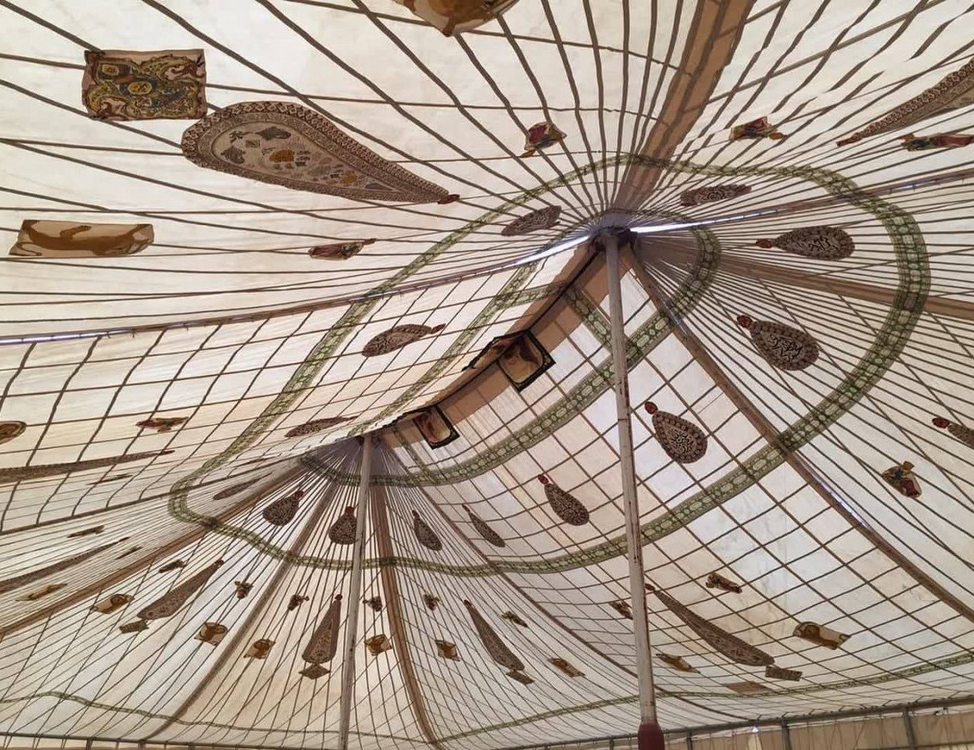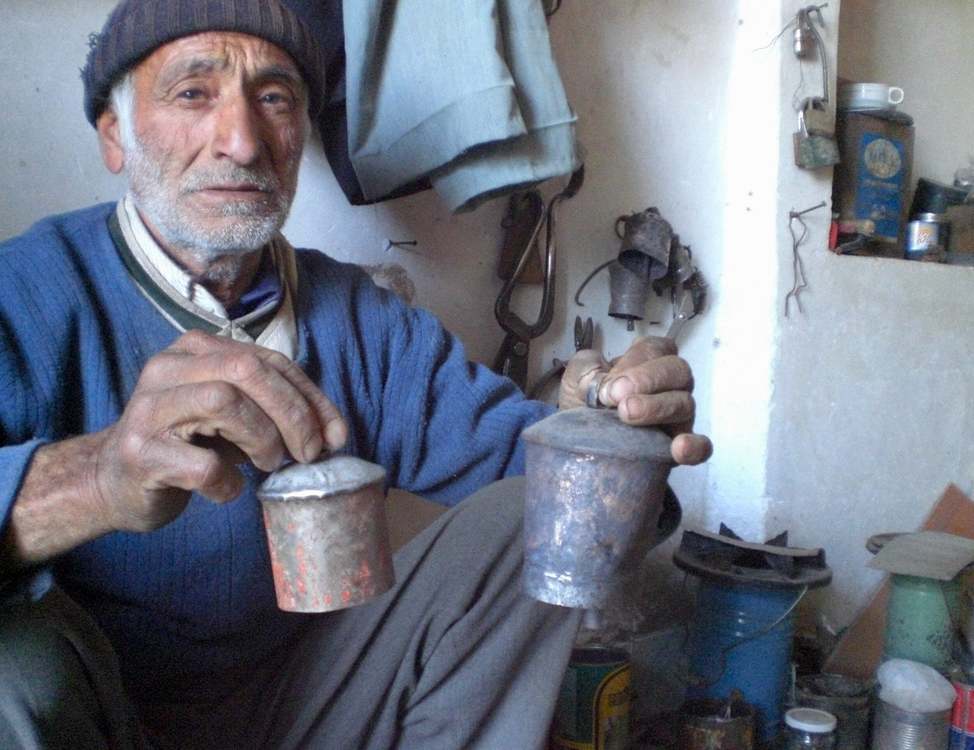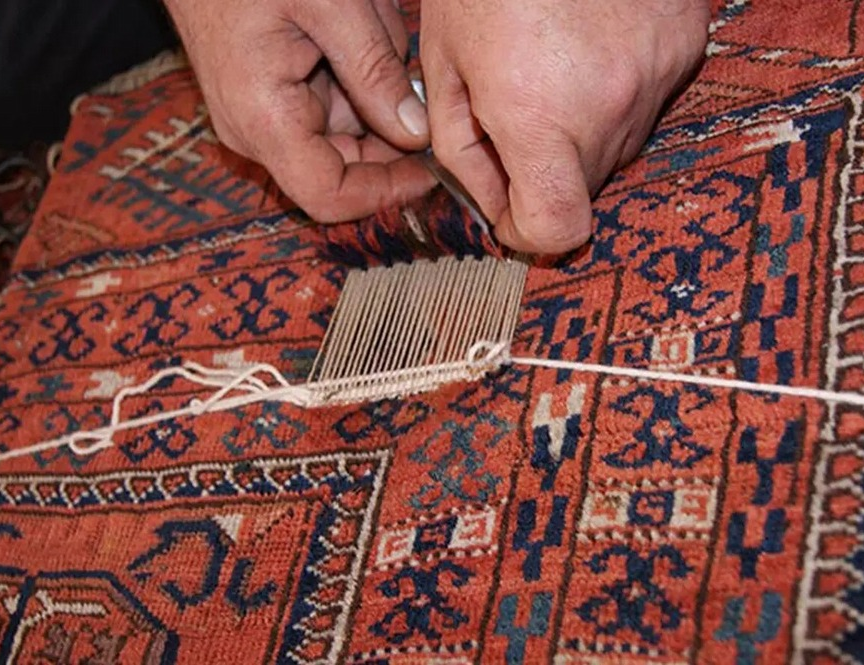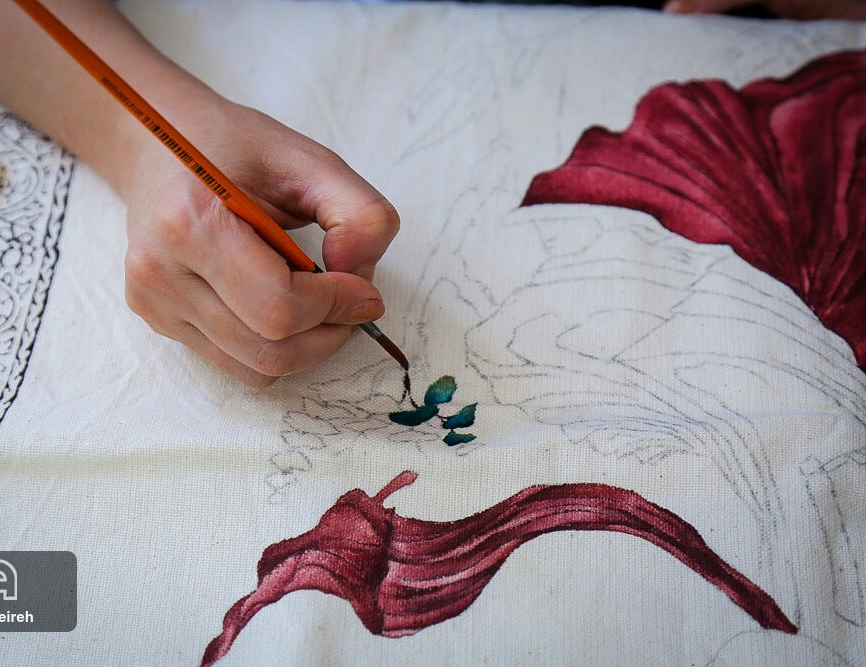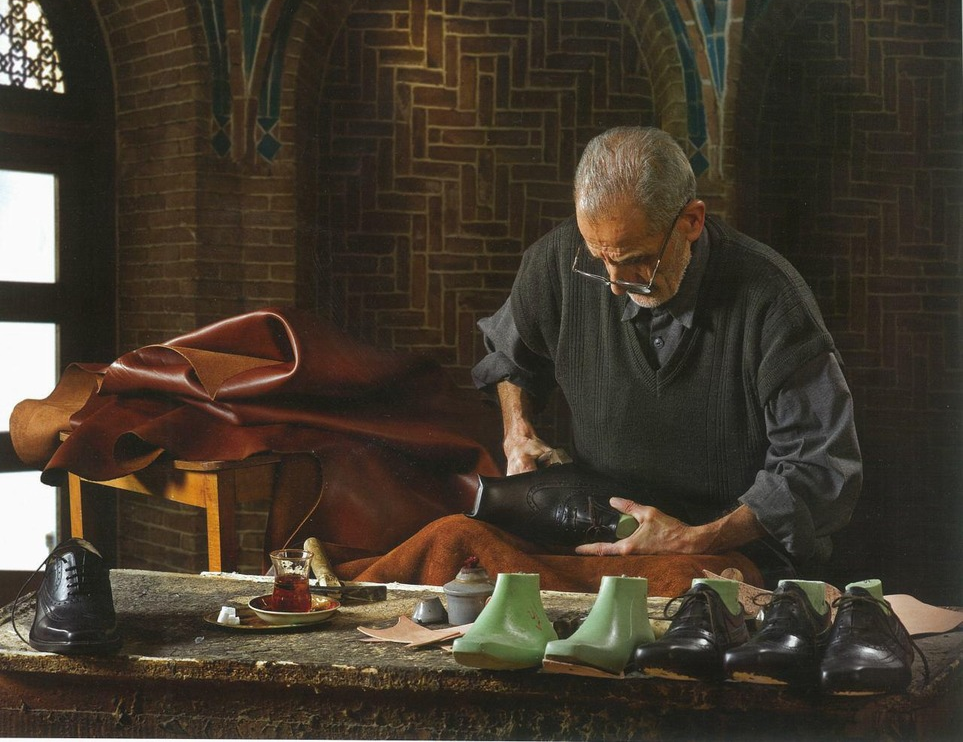
Jajim
Jajim or gelim is one of the oldest textile products in Iran. It is quite popular in different cultures and ethnicities and is still widely produced and used. Gilan, Mazandaran, East Azarbaijan, Ardabil, Kermanshah, Kurdistan, Ilam, Chaharmahal and Bakhtiari, Khuzestan, Hamedan, Lorestan, and Fars are among the provinces of Iran where Jajim is abundantly used. Being considered an art and a profession, Jajim weaving continues to exist among nomads and rural people of Iran.
History
According to some archeological evidence, different nations produced Jajim and mastered its weaving techniques. Among the available evidences are the findings related to handwoven Jajimis from the 3rd to 8th centuries AD among the Nazca people in Peru. In Iran, too, Jajim weaving has had a long history, and in a painting from the 8th century AH (15th century AD), certain diagonal stripes, related to a rug, can be seen, which is most likely related to a Jajim.
What is Jajim?
Jajim is a two-layer mat that is produced from colorful and delicate wool, cotton, and even silk threads and sometimes several raw materials are used for weaving it. The absence of lint in Jajim makes it possible to use both surfaces. This is one of the reasons for the popularity of Jajim, especially among nomads.
Jajim has a wide range of uses and is used as a mat, top cover, and even as a means of packing and moving bedding and other items. Jajims are woven in stripes and with bright and warm colors. In the Oraman region of Kurdistan province, Jajims are woven with a variety of motifs, which makes them quite unique.
Different Types of Jajim
Depending upon people’s lifestyles and needs, different methods are used to produce Jajim in different regions of Iran. These Jajims have slight differences from each other in terms of shape and use.
Sachim or Sachin
In several villages of Kalardasht, including Hasankeif, Shekarkuh, and Kuhpar, a type of Jajim is woven, which is called “Sachim” or “Sachin”. This type of Jajim has a design and pattern similar to other Jajims, but red, blue, yellow, and green colors are more prominent in it. In the past, local people believed that Sachim brightened the lives of young couples, and therefore, there was always a Sachim among the gifts they gave to the newlyweds.
Pupshamin
This type of Jajim is more delicate than other types of Jajim and is produced from high-quality wool. The main center of Pupshamin production is in Mahabad and Bukan cities in West Azarbaijan and it is usually used as a bedcover.
National Emblems in Jajim Weaving
In 2022 AD the Alasht City of Mazandaran Province was named as the national city of Jajim Weaving. Jajim of Alasht is produced using natural raw materials, and they are usually made in workshops set up at homes. The use of natural colors is another characteristic of Jajims produced in Alasht. Like other Jajim weavers, the people of Alasht also use patterns, which sometimes include geometric shapes such as rectangles and rhombuses. Alasht people call the Jajim weaving setup “Karchal”. The devices they use are similar to the devices used in other parts of Iran.
Due to the widespread art of Jajim weaving in Iran, several regions have taken steps to inscribe their art as a national heritage. The Jajim weaving technique used in Kohgiluyeh and Boyer-Ahmad Provinces was inscribed on the list of Iran’s intangible cultural heritage in the year 2012. The Khalkhal City of Ardabil Province, too, has applied for the inscription of its Jajim on the list of intangible national heritage of Iran and to be named as the national city of Jajim.
Jajim is a two-layer mat that is produced from colorful and delicate wool, cotton, and even silk threads and sometimes several raw materials are used for weaving it.
| Name | Jajim |
| Country | Iran |
| Cities | |
| Works | Knitting, sewing and textile |
| Registration | National |
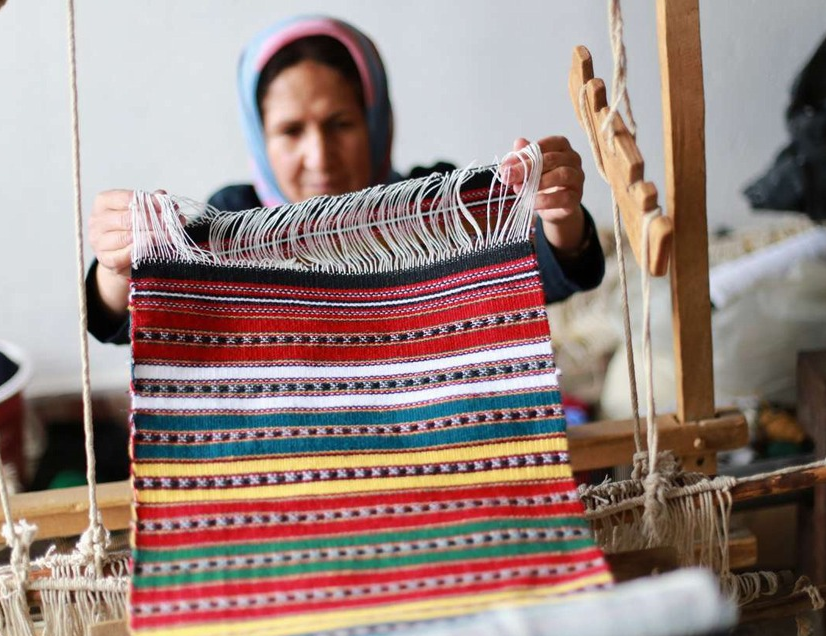
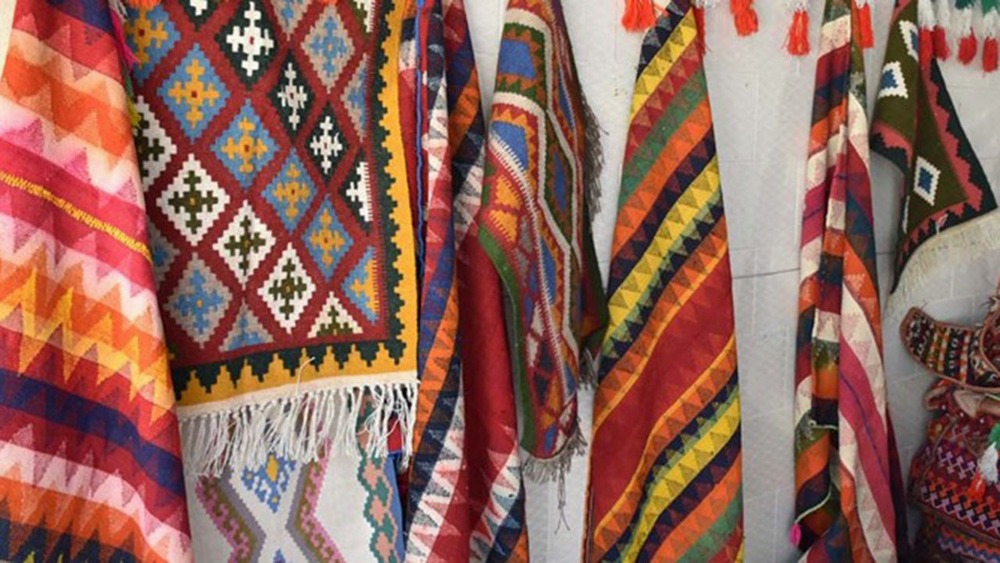
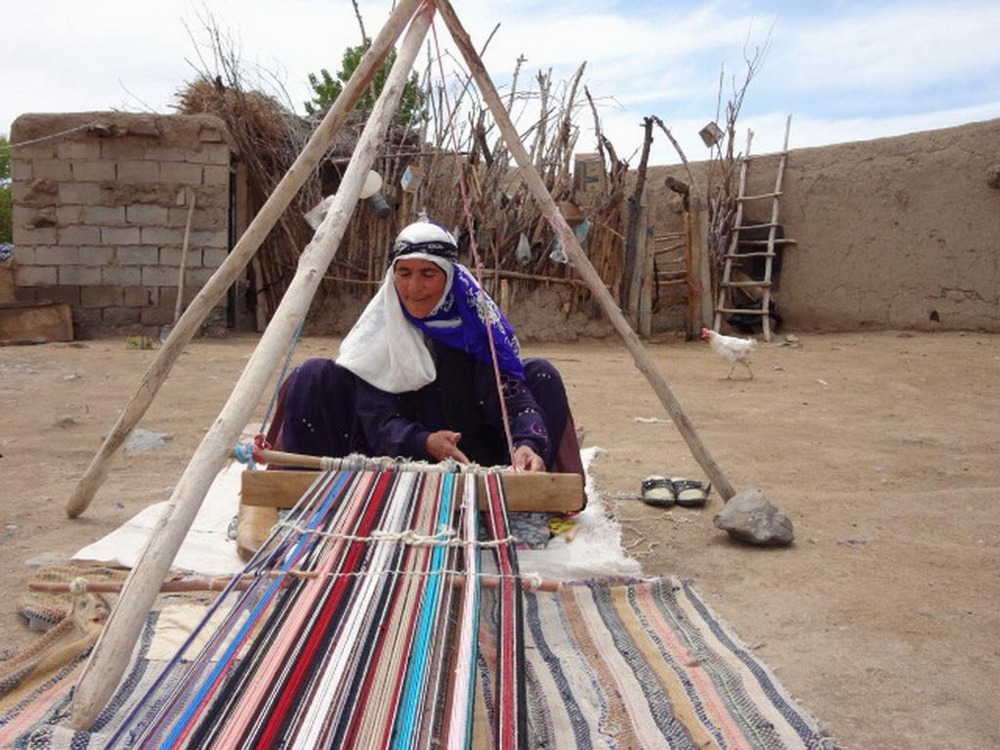
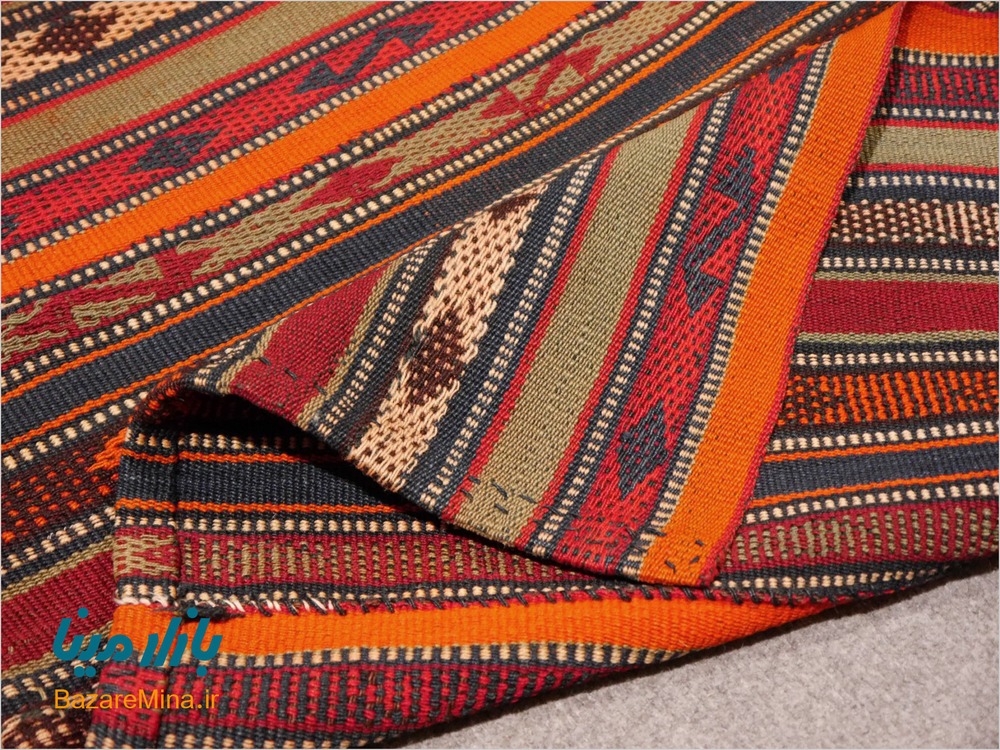




Choose blindless
Red blindless Green blindless Blue blindless Red hard to see Green hard to see Blue hard to see Monochrome Special MonochromeFont size change:
Change word spacing:
Change line height:
Change mouse type:
